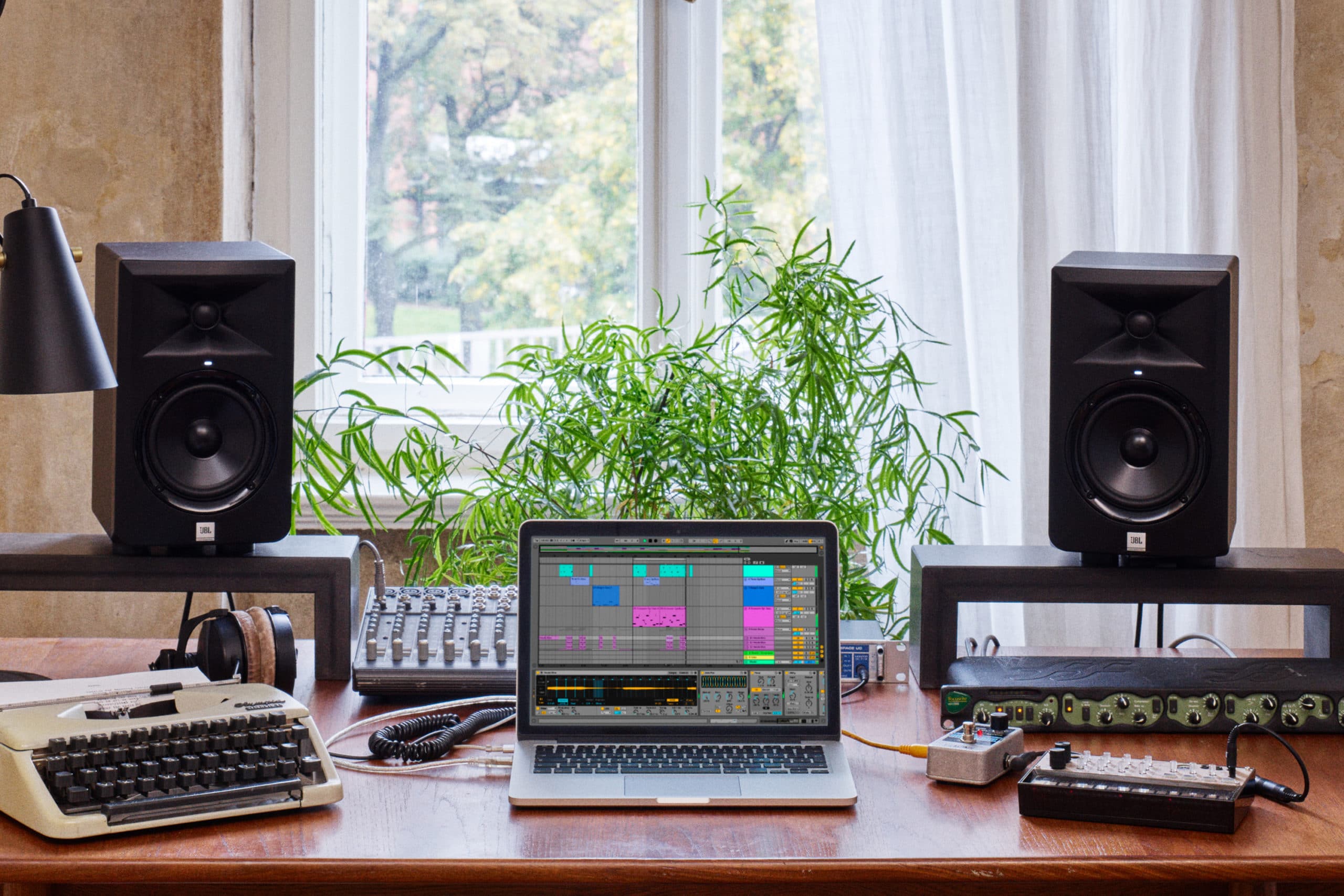How To Save CPU in Logic Part 1
This is Eddie Grey with Garnish Music Production. Modern music productions today is inextricably linked with a basic technical understanding of the Computer. You have to be able to troubleshoot any issues that come up and you have to be able to manage your Computers resources in a timely manner (especially if you are doing this professionally). My aim in this article is to help you manage your CPU effectively. Here are some things you can do right now to help in this department:
Bypass Plug-Ins that are not in use
• This is a simple solution that will free up CPU resources immediately Use “Selection Based Processing”
• This is a newer feature to Logic (10.3). You will not find it in the mixer at first glance. An audio region must be selected and you must summon the command “Show/Hide Selection – Based Processing” (Key Command: Option+Shift+P). Once you do that, you can find the tracks for “Selection Based Processing” nestled in the “background” of Logic on tracks 254 and 255. Pre-Listen and Click are reserved for track 256.
• Essentially, “SBP” allows you to process just a specific area with effects instead of the using up whole channel strip. This frees you up from having to commit a Plug-In to a channel strip hence it saves you CPU power.
Freezing, Bouncing Tracks, and Bouncing All Tracks
- Freezing tracks in Logic is a good way to free up your CPU. Although it can be a bit clunky if you turn this feature on and off to make edits. My recommendation is when you are ready…commit to audio, bounce the region/track, and never look back.
- Another new feature in Logic is the new command “Bounce – And Replace All Tracks Feature”. This really is a massive time saver. Once you have your song almost to the point of completion, you can use this feature (which will make free up most of your CPU resources), it will bounce every track to audio and then you can put the finishing touches on your track. NOTE: Be sure to create a “SAVE AS” session should you want to revisit the original file before you bounced everything and committed every track to audio.Take your time and apply these functions. Over time you will know exactly how to tame your CPU resources so it performs seamlessly day in and day out. Thank you for reading.
Eddie Grey is one of two T3 Apple Logic certified music production trainers, that feature on our Logic Production Course, Logic Producer Program, and Songwriting & Production Academy in our Music Production School in Los Angeles.


